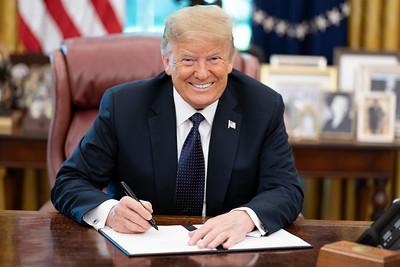WASHINGTON (AP) – Washington is bracing for a possible federal government shutdown, with negotiations in Congress yielding little hope for a last-minute agreement ahead of the midnight deadline. The prospective shutdown threatens to disrupt a myriad of public services, affecting federal workers and the broader economy.
Republicans have put forth a short-term funding measure designed to keep the government operational until November 21. However, Democrats are pushing for amendments that address health care reform, particularly reversing cuts to Medicaid from a recent administration’s bill and extending tax credits to sustain affordable health insurance for millions.
With no sign of compromise from either party, the Senate's inaction leaves many uncertain about the future of government-funded programs and services. The House of Representatives is also not expected to hold votes necessary to prevent a shutdown.
The Mechanism of a Shutdown
A government shutdown occurs when the funds needed for federal operations run dry, leading to the furloughing of non-essential employees while essential workers, such as those involved in protecting life and property, continue working without pay until normal funding resumes.
Historical data from past shutdowns indicates that in Trump's first term, a 35-day partial shutdown affected nearly half of federal workers at certain agencies, with many furloughed and others working without remuneration.
Essential Services to Remain Operational
Despite the lack of funding, various critical services will persist. This includes the operations of the FBI, CIA, air traffic control, and military personnel. Additionally, mandatory federal spending programs like Social Security and VA healthcare will continue uninterrupted, allowing thousands to receive necessary benefits and care.
Will Employees Be Compensated?
Once Congress approves funding, furloughed workers can expect to receive back pay, a measure instituted by a 2019 Congressional bill ensuring financial security for workers during shutdown scenarios.
Ongoing Postal Services
Mail delivery will not be disrupted during the shutdown, as the U.S. Postal Service operates as an independent agency funded through service fees rather than taxpayer dollars.
Shutdown Consequences and Historical Context
In past government shutdowns, agencies tailored their operational plans uniquely, affecting which federal employees would remain on duty. For instance, the Health and Human Services department is expected to furlough a significant portion of its workforce while continuing critical health protection activities.
The economic implications of a shutdown can vary. According to experts, short shutdowns generally have minimal immediate effects on the economy, but extended interruptions could prompt growing uncertainty regarding government stability and economic health.
While financial markets remain resilient during past shutdowns, analysts warn that prolonged shutdowns may pose threats to economic growth and stability in the long run.
















